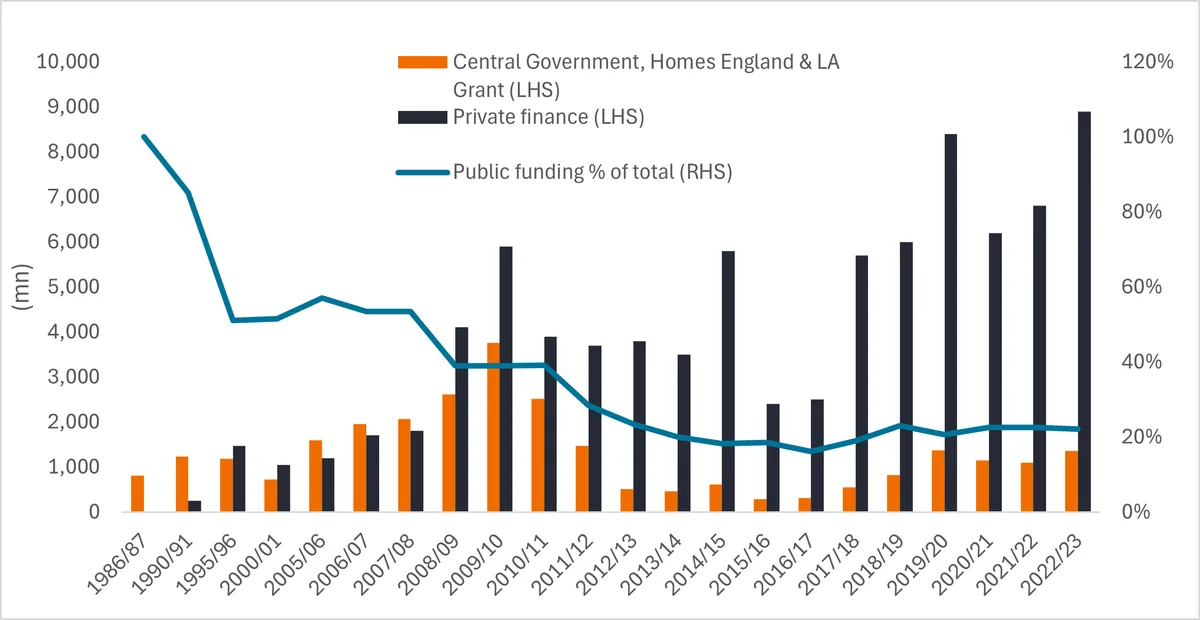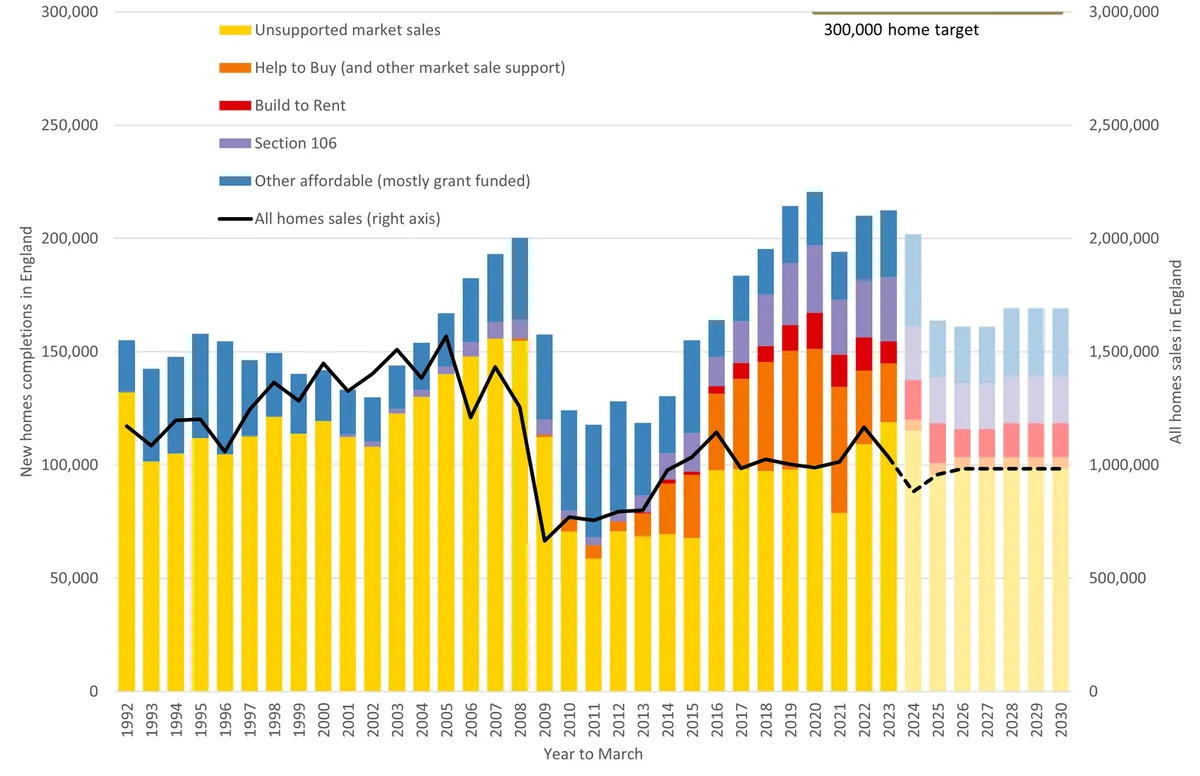Misinterpreted Graph Sparks Debate on Social Housing Allocation in UK
A graph on social housing in England and Wales has been misrepresented, falsely suggesting foreigners receive more accommodation than Britons. Official data reveals similar percentages for both groups.

A recent graph depicting the proportion of nationalities in social housing in England and Wales has been misinterpreted, leading to false claims about housing allocation. The chart, part of a report by the Centre for Policy Studies, has sparked debate on social media platforms.
Some users erroneously concluded that foreign-born nationals were receiving more social housing than British citizens. One comment stated, "Our folks are being shoehorned out," while another claimed, "Foreigners born abroad have been taking social housing, while British people stay on the waiting list."
However, these interpretations are inaccurate. The graph actually illustrates the percentage of households within each nationality group that reside in social housing, rather than comparing the total number of social housing units allocated to different nationalities.
For instance, the chart shows that 72.4% of Somali households in England and Wales, where a Somali is the lead occupant, live in social housing. This amounts to 41,842 out of 57,716 Somali households. In contrast, 16.9% of English households, or 3.2 million out of 18.6 million, occupy social housing.

The data for this graph comes from the 2021 census survey conducted by the Office for National Statistics (ONS) in England and Wales. It's important to note that this survey occurs only once every decade, providing a snapshot of the housing situation at that time.
Official sources have provided clarification on the matter. A spokesperson for the Ministry of Housing, Communities and Local Government stated, "The vast majority of councils have already adopted local connection tests and 90% of social homes go to UK nationals." They also emphasized that individuals without the right to stay in the UK are ineligible for social housing.
The English Housing Survey for 2022-23 further supports this, reporting that 90% of primary occupants in social rented housing were from the UK or Republic of Ireland.
An ONS spokesperson provided additional context: "The percentage of people born in the UK who live in social rented housing in England and Wales is 17%, whereas the percentage of people not born in the UK living in social rented housing in England and Wales is 18%." This data demonstrates a minimal difference between UK-born and foreign-born residents in terms of social housing occupancy.
The Centre for Policy Studies, which published the original graph, has clarified that their intention was not to claim that foreign-born individuals receive more social housing than Britons. A spokesperson explained, "What it does show is that, for some foreign-born groups, the proportion of those in social housing is higher than for people born in the UK."
Social housing has a rich history in the UK, dating back to the 19th century with almshouses for the poor. The first council houses were built in Liverpool in 1869, and the "Homes for Heroes" campaign after World War I significantly increased social housing stock. Today, about 17% of households in England live in social housing, managed by both local authorities and non-profit housing associations.
The UK government has implemented various initiatives to address housing needs, including the Affordable Homes Programme introduced in 2021. However, challenges remain, with waiting lists for social housing in some areas stretching to several years.
As the debate on social housing allocation continues, it's crucial to interpret data accurately and consider the complex factors influencing housing policy in the UK.


































